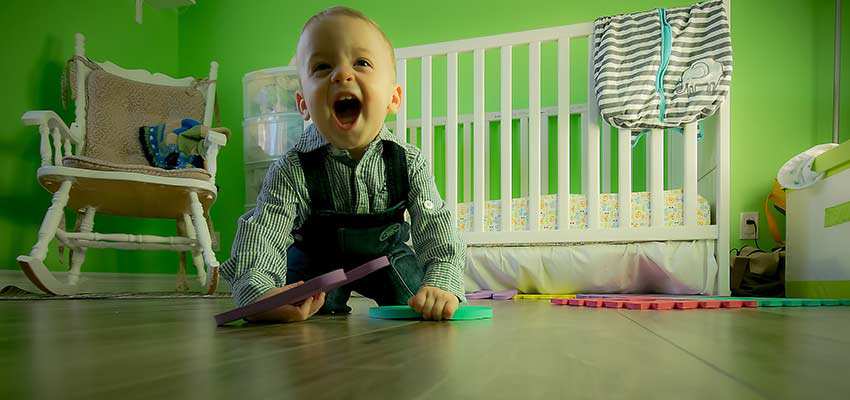Balancing Client Needs vs. Your Portfolio
The questions almost sound a bit silly. But, when you book a new project, who exactly are you designing for? Are you looking to satisfy your client or add another notch to your portfolio?
You’d like to think that most designers are ethical enough to keep their focus entirely on client needs. But, we’re all human. And sometimes we add bells and whistles to a project for the wrong reasons – often without being consciously aware.
It comes down to those little decisions we make during the course of a build. They can enhance our portfolios, but still have virtually no positive impact for our clients.
Look What I Can Do!
If you will, allow me to pull out one of the many foibles from my past design adventures. I’m often fascinated by all the cool trends sweeping the web. And, when I see a feature that I think is really exciting, I simply can’t wait to use it in a project.
For example, lots of websites out there are still using parallax scrolling techniques. But nothing I had done to date used this shining example of “look what I can do”.
I found myself working on a project where I felt that I could add the feature. And I did. The end result was that, sure, it worked well enough. But the client wasn’t so thrilled and correctly pointed out that the effect was more of a distraction than anything else.
The result was that I had implemented something that didn’t make the site easier to use. It didn’t help users find what they were looking for any faster. Looking back, it was more of an avenue for me to show the world that I could execute some fancy code on a page.
This is the web designer’s equivalent of a child doing all sorts of mischief in order to get a parent’s attention. It may work in the end, but not without annoying someone along the way.

Features Should Have a Purpose
This doesn’t mean, however, that we can’t still add some slick effects to a client’s site. The key is ensuring that whatever we implement either solves a problem or improves the user experience in some way.
Microinteractions, for instance, can be a great way to help guide users along in completing desired tasks. Or, the use of animation can help call attention to an important piece of information. It’s all about picking the right time and place for their use.
The problem is when we add all sorts of extras without giving thought to what we want them to accomplish. Web design is nothing if not a “me too” industry, where we use these elements to prop up our ego and even our income.
But when we take the time to consider what a project really needs, it’s likely that many (if not all) of these extras can be left out. A good rule of thumb: If it doesn’t add anything useful to the final product, it doesn’t belong.

Design for Your Project, Not Your Portfolio
Great design is there to make things better. However, getting there takes a lot of thought and even some occasional soul searching.
In the end, it’s about finding the right solutions for the task at hand. And while having a killer portfolio means a lot to our own success, so does doing right by our clients.
With that in mind, it’s okay if your portfolio is missing an example of some fancy special effect. There may very well be an opportunity to implement it down the road.
Of more importance is that you can demonstrate how you helped a client solve problems and achieve their goals. That will mean more to your chances of future success than anything else.
The post Balancing Client Needs vs. Your Portfolio appeared first on Speckyboy Web Design Magazine.